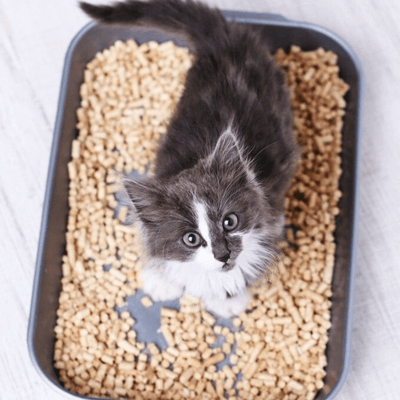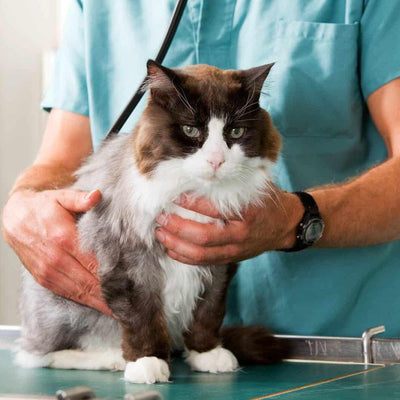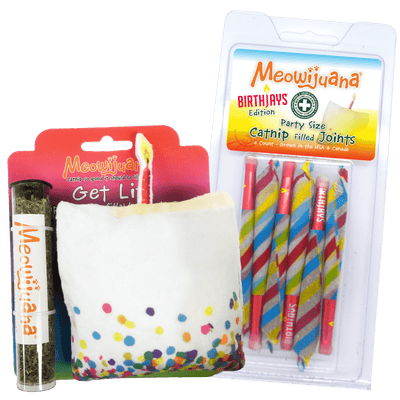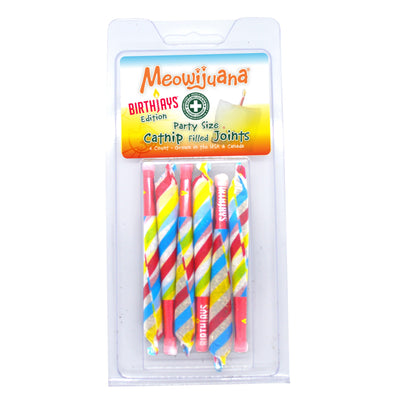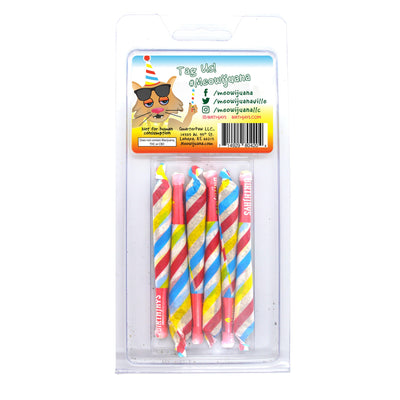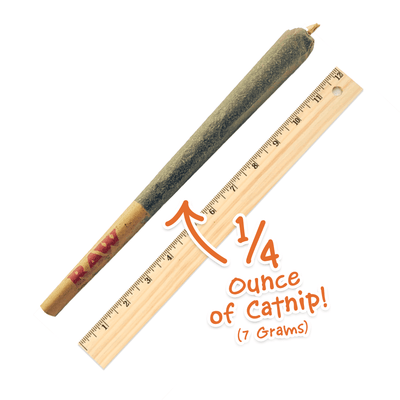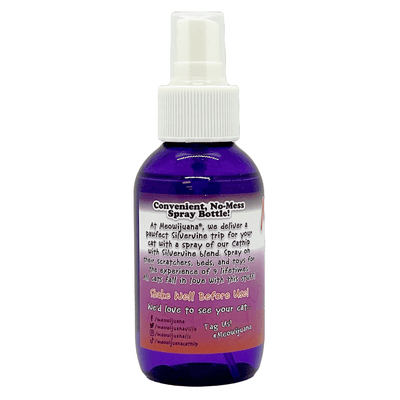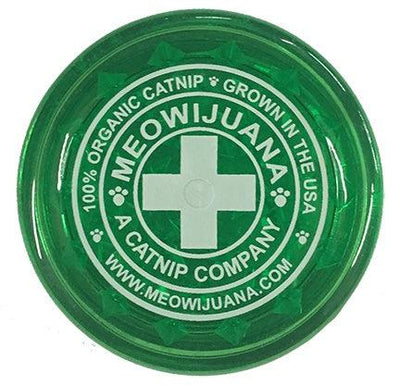February is Pet Dental Health Month! When it comes to grooming your cat, one area that is commonly overlooked is oral hygiene. Taking care of your cat’s teeth is vital to their health and quality of life!
By three years old, more than half of all cats have some degree of dental disease. The most common issues are gingivitis (inflammation of the gums caused by plaque accumulation), periodontal disease (progressive gingivitis), and tooth resorption (progressive destruction of the tooth resulting in slowly progressive "holes" in the affected teeth).
Some of the signs of dental disease are not detectable without an oral examination and x-rays under anesthesia by a vet. If your cat is pawing at his/her mouth, drooling excessively, bleeding from the mouth, refusing to eat dry food or swallowing it whole, or has bad breath, these are signs something is wrong and you need to have your cat looked at by a veterinarian.
Brushing your cat’s teeth can feel like a challenge at first, but these steps can help make the experience more comfortable for you and your pet.
- Buy a toothbrush and toothpaste made for cats. You can find these at most pet stores. There are a variety of toothbrushes including traditional ones and some that slip over your finger. Make sure to ONLY use toothpaste designed for cats, as some human toothpaste contains ingredients that can be harmful to your pet. Using baking soda instead of toothpaste is not recommended since it can cause an upset stomach if swallowed.
- Choose a quiet time and well lit place. This will help keep your pet calm and free of distractions. You can even spray the area with catnip spray or let your cat have some Mice Dreams beforehand to help them relax.
- Dip your finger (or even a Q-tip) in some tuna water or low-sodium chicken broth and let them taste it. While this has no cleaning effect, it will help them associate tooth brushing as a positive experience. You can rub your finger or the Q-tip along their gums. This area where the tooth meets the gum is the area where most of the plaque builds up. Start with a small area rather than the entire mouth until your cat gets more comfortable with the process.
- Once your cat is more comfortable with your finger or the Q-tip, place some toothpaste on your finger and let them lick it off.
- Apply a small amount of toothpaste to the toothbrush and gently pull back his/her lips. Brush for approximately 30 seconds per side, concentrating on the large cheek teeth and canines. When the top teeth have been brushed, repeat on the bottom teeth. Your cat may not be willing to cooperate the first few times, which means you may have to gradually work up to brushing all of the teeth at once.
- Once your cat is tolerating brushing, you can move to the inside of the teeth. This is usually a bit more difficult, so you may have to wait until your cat is more comfortable with the outside of their teeth being brushed, which could take days or weeks.
- Reward your kitty for doing such a great job! Our Crunchie Munchie treats are the perfect treat for positive reinforcement. The goal is to get your cat trained to cooperate with brushing so you can eventually stop offering treats.
The more often you can brush your cat’s teeth, the better - ideally once a day. But let’s be honest, we’re all busy and your cat may not be willing to cooperate! If you can brush your cat’s teeth even 2 or 3 times a week, that is better than nothing. It will take some time and patience to get your cat comfortable with you brushing his/her teeth. Making the experience as positive and stress-free as possible will help your cat acclimate quicker.
Some other helpful tips:
- Wear gloves if possible while brushing your cat’s teeth. Cats’ mouths are full of bacteria. At the very least, wash your hands with soap and water before and after brushing.
- If you have several cats, use a different toothbrush for each of them. Be sure to rinse the toothbrush well after brushing and replace it every three months.
- Our Silvervine Sticks are a great addition to your cat’s dental routine. These sticks not only provide your cat with a similar euphoric reaction as catnip, but also knock the plaque and tartar off their teeth!


